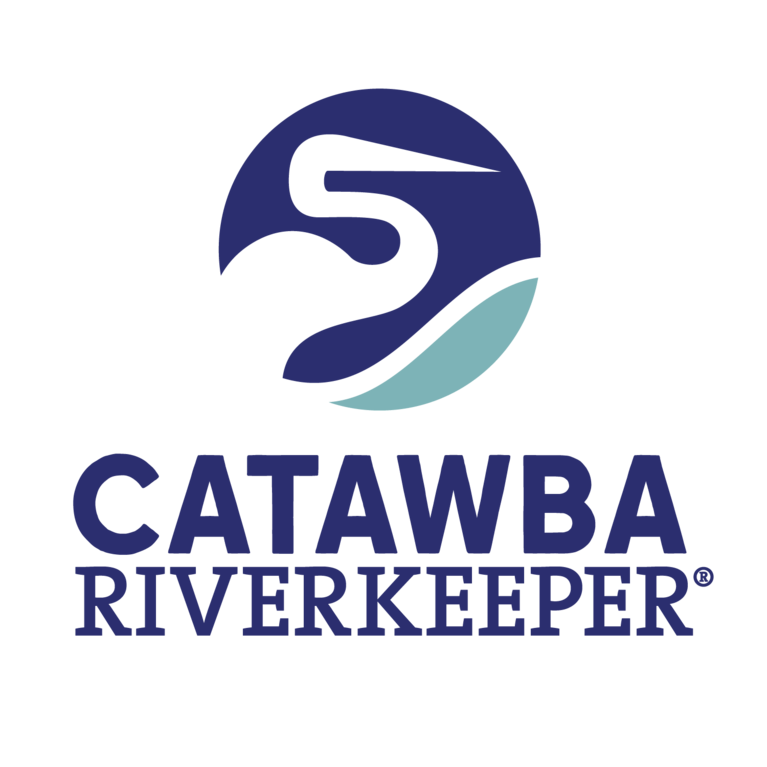Catawba Riverkeeper
State of the River
Each year, Catawba Riverkeeper publishes the State of the River report to provide the public with a consolidated assessment of the river’s health, create a framework for tracking changes over time, and assimilate data from all relevant sources into a single archive.
Scope
While geographically comprehensive this report distills only the most recent water quality data into a simplified index. Long term trends will be the subject of future reports. Due to the variety of users, data available, and hydrologic variability, a basin-specific index was created. The scores cannot be used to compare the Catawba to other river systems. Data inclusion, weightings, and groupings were created solely from the Riverkeeper’s informed opinion. The scores generated are a simplified interpretation of the underlying data and most useful for identifying general threats deserving more attention and resources.
Methods
The 5,610 square mile basin was divided into 5 sub-watersheds for analysis: Northern Catawba, South Fork, Central Catawba, Southern Catawba, and Wateree. Our groupings roughly follow the USGS HUC-10 delineations and are subject to change on future reports. A water quality rubric was created to provide simplified ratings for the sub-watersheds, and specific attributes. We grouped the data sets into 5 characteristics:
Each of these data groups was then scored using a Likert scale (1 to 5).
Limitations and Revisions
This report is not a fully comprehensive or peer-reviewed scientific study and should not be cited as such. Areas that score lower than others are not necessarily more polluted or less safe for swimming. Informed, but subjective decisions were made in the creation & execution of the scoring rubric. Because of the volume and diversity of data assembled for this report, only cursory analysis has been performed. We encourage interested parties to submit additional information. These are our initial findings; the document will be revised as needed.
View as an interactive story map!
The Map is separated into five geographical sections: Northern Basin, Central Basin, South Fork, Southern Basin & Wateree River. The sections are accompanied by various attributes and information that supports each location.

Protecting all 225 miles of the Catawba-Wateree basin is the fundamental work of Catawba Riverkeeper. The challenge of this effort has been demonstrated repeatedly as the Catawba River has been named the most endangered river in the United States (American Rivers 2008) and the third most endangered in the Southeast United States (Southern Environmental Law Center 2012).
This doesn’t mean the Catawba ranks among the most polluted rivers in the United States, though there are currently more than 460 Permitted Discharges or legal point source water pollution and countless unpermitted sources of pollution. Rather, these standings show the Catawba as a river threatened by trends of development, use, and poor water management. The disparity of the issues facing the river are as diverse as power generation by nuclear & coal sources to an increasing number of commercial concentrated animal feeding operations. With the support of our members and volunteers, Catawba Riverkeeper works every day to protect this valuable resource by protecting against these threats.
Support Our Foundation
Let's protect the Catawba River!
The Catawba Riverkeeper Foundation is working towards clean, plentiful water now and for generations to come.





